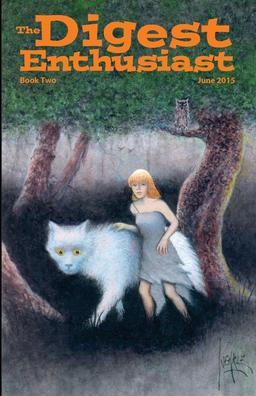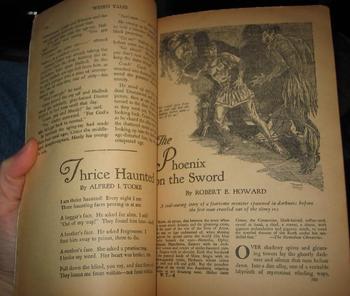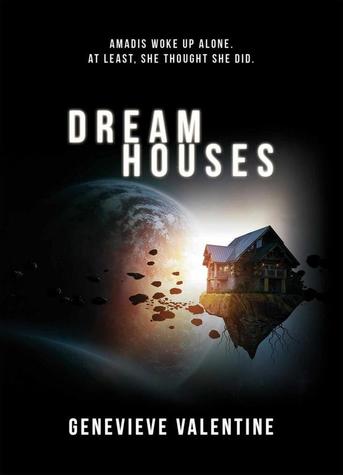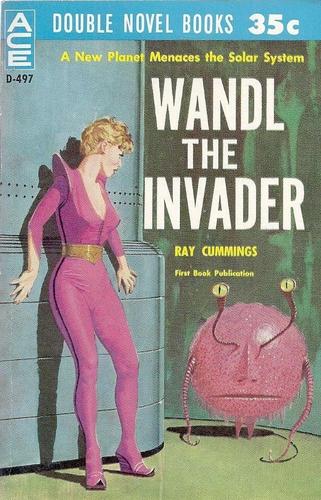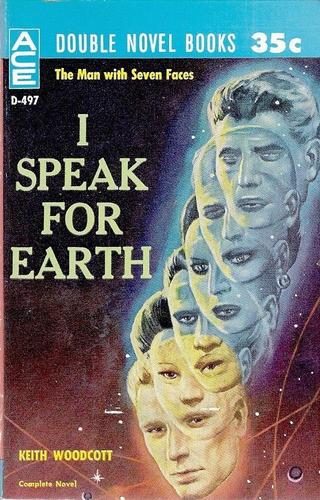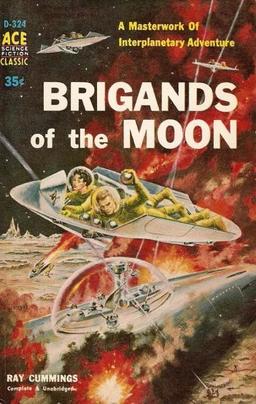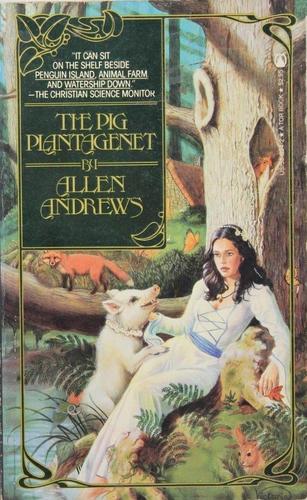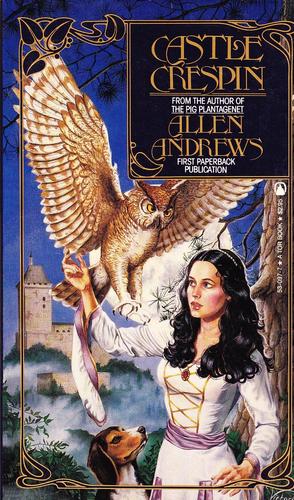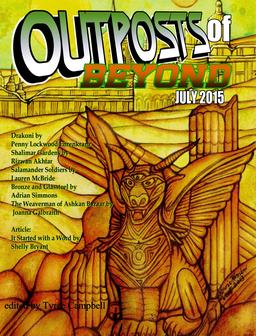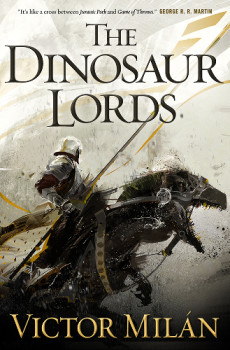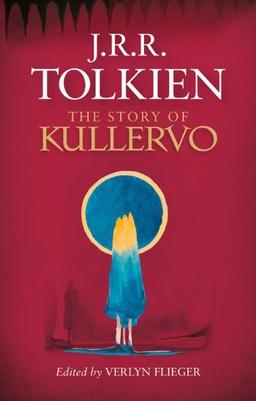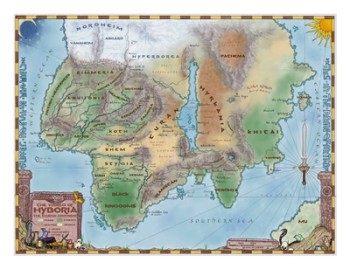All of Time and Space and the Wonders and Horrors Therein: Frank Belknap Long’s “The Hounds of Tindalos”
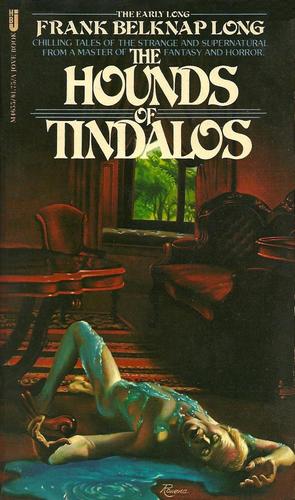 |
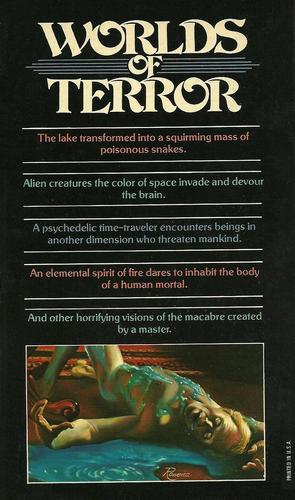 |
I’ve been enjoying Ruthanna Emrys and Anne M. Pillsworth’s Lovecraft Reread over at Tor.com, and I was pleasantly surprised to see them deviate from the core Lovecraft canon to discuss one of the classics of the Cthulhu Mythos not written by Lovecraft himself: Frank Belknap Long’s “The Hounds of Tindalos.”
“The Hounds of Tindalos” was originally published in the March 1929 issue of Weird Tales. It can be found in several anthologies and collections, including the 1978 Jove paperback collection The Hounds of Tindalos, with a fine cover by Rowena (above; click for bigger version). You can find the complete text online here. As Anne says:
Frank Belknap Long was one of Lovecraft’s inner circle, and his “Hounds” is the first Mythos tale which Lovecraft neither wrote himself nor collaborated on. Perfect start for our consideration of the extra-Lovecraftian Mythos, that slow but unkillable creep of cosmic terror into other susceptible minds! Long would go on to create Great Old One Chaugnar Faugn and to kill a fictionalized Lovecraft in “The Space-Eaters.” But the Hounds are probably his most famous creation. Lovecraft mentions them in “Whisperer in Darkness.” Writers as diverse as Brian Lumley, Roger Zelazny, Sarah Monette and Elizabeth Bear, William S. Burroughs, and John Ajvide Lindqvist have evoked them. They also haunt video and roleplaying games, metal songs, anime, illustration. Well, why shouldn’t the Hounds be pervasive? Have angles, they’ll travel, lean and athirst.
“Hounds” has always inflicted shivers on me. This reread, I was momentarily distracted by a few infelicities. The story strikes me as way too short for its expansive subject: all of time and space and the wonders and horrors therein.
Read the complete article here.
